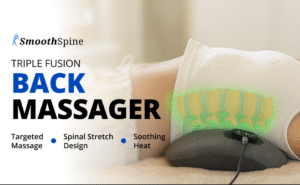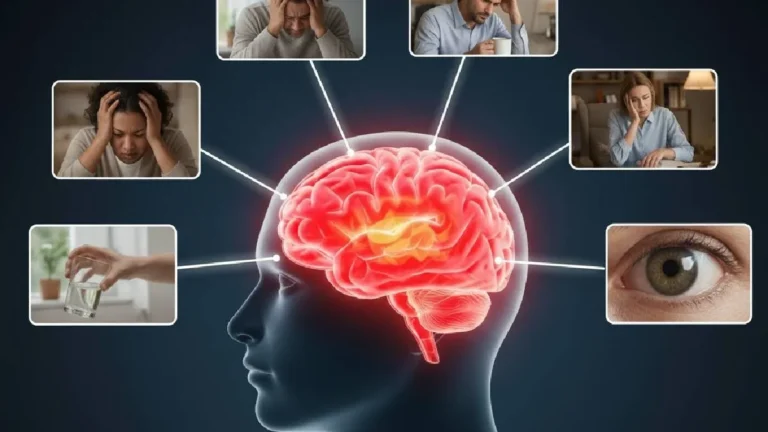Chronic back pain is defined as pain that persists for more than 12 weeks or when it does not improve with medications, therapies, or alternatives.
This condition is quite common, especially with age and in older adults. After all, the predominance of a sedentary lifestyle in our routine directly influences the pain problems we may experience over time, with chronic back pain being one of the most common. This type of pain can be debilitating, limiting your quality of life and productivity. Therefore, it’s important to know all the details about how to prevent, diagnose, and treat it.
Causes of chronic back pain and how to avoid it
Many factors can contribute to the development of chronic back pain, but these are some of the main ones.
A sprain or fracture can cause persistent pain if not treated properly. Therefore, it’s very important to address any signs of pain and follow up on any treatments that may be indicated.
Similar to the previous point, in the presence of herniated discs, spinal stenosis, or spinal deviations, such as scoliosis, it is very important to pay attention and follow up on treatments, as ignoring them can cause prolonged pain.
Maintaining poor posture for long periods, especially while sitting, can cause tension in the muscles and spine. This is especially true for people who work long hours sitting without paying attention to proper posture.
Stress, anxiety, and depression can exacerbate the perception of pain and tense muscles, causing further difficulties in your physical health. Try managing these emotions through meditation techniques or even yoga classes, which also help stretch and relax your muscles.
Arthritis and osteoporosis can affect bone and joint health, causing chronic pain. These types of conditions can only be prevented with a healthy lifestyle and frequent checkups with your doctor.
Excessive weight increases the strain on the spine, which can lead to musculoskeletal problems. Therefore, it’s important to maintain an active lifestyle, exercise, and maintain a healthy diet.
Lack of physical activity weakens the muscles that support the back, which increases the risk of pain. As you can imagine, this is why it’s very important to do exercises focused on strengthening your back muscles.
Diagnosis of chronic back pain
To diagnose chronic back pain, healthcare professionals may use several methods, including a medical history and physical examination to assess symptoms, the persistence and duration of pain, and contextual factors that worsen or relieve it, among others. Imaging tests such as X-rays, MRIs, and CT scans are also necessary for diagnosing chronic back pain.
There are also nerve conduction studies, which are used to evaluate nerve function and detect nerve compression or damage, or blood tests that can help rule out infections or inflammatory diseases that may be contributing to the pain .
Treatment of chronic back pain
Treatment for chronic back pain varies depending on the cause and severity of the pain. Some options include:
Regular exercise is essential for strengthening your back muscles and improving your posture. Activities such as yoga, Pilates, and swimming can be particularly beneficial. Additionally, physical therapy can help correct muscle imbalances and improve mobility. So, if you experience frequent back pain, don’t hesitate to consult a professional trainer for a review.
Doctors may prescribe pain relievers, nonsteroidal anti-inflammatory drugs, or muscle relaxants to relieve pain. In some cases, antidepressants or neuromodulatory medications may be used. However, it is very important to combine the use of medications with lifestyle changes.
The changes we are referring to include different areas of routine, such as physical activity, maintaining a healthy weight to reduce the strain on the back, adopting ergonomic postures when sitting and lifting objects, sleeping on a suitable mattress that provides the necessary support to the spine, reducing stress through relaxation techniques, such as meditation or deep breathing , etc.










.jpg)
.jpg)














+ There are no comments
Add yours